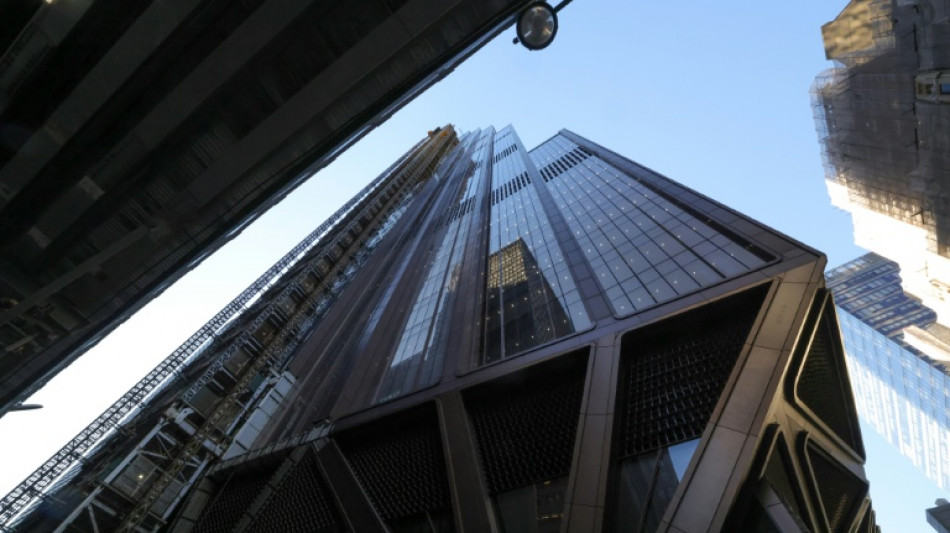

New JPMorgan skyscraper underlines Manhattan office comeback
JPMorgan Chase officially inaugurated its new Manhattan tower Tuesday, a 60-story skyscraper that also marks a kind of comeback of office working after the pandemic years.
Some 10,000 employees of the giant US bank are expected to be in place at the midtown building by the end of 2025. The project cost about $3 billion to build and comprises some 2.5 million square feet of office space.
"For all of us it's a labor of love," declared JPMorgan Chief Executive Jamie Dimon just before the symbolic ribbon-cutting at the building referred to as "270" for its address at 270 Park Avenue.
Just five years ago, midtown Manhattan was a wasteland as the pandemic dominated life in a city that had seen some of the darkest times of Covid-19 only months earlier.
Even at the end of 2023, some 19 percent of New York office space remained vacant, according to Cresa.
"Who remembers 2021 when people were questioning the future of office, questioning the future of New York City?" said Rob Speyer of real estate firm Tishman Speyer, a partner on the project.
"JPMorgan really demonstrated tremendous courage and leadership," Speyer said at the ceremony. "By moving forward with 270 Park, you sent the world a message that you believe in New York, that the city is resilient, that we have a great future."
When the pandemic halted city life in its tracks in March 2020, JPMorgan had just finished the demolition of its old headquarters building at the same address, which had stood for 60 years.
At that point, JPMorgan "were kind of committed to this path and really had no effective way to change (its) mind without abandoning a huge investment," said Joshua Harris, a managing partner at the Lakemont Group consultancy and director of the Fordham Real Estate Institute at Fordham University.
The new building's dramatic arrival comes as vacancy rates in New York sit at their lowest level in five years, according to JLL.
The location of project, just above new tracks for the Long Island Railroad, meant that workers had to demolish -- and then reconstruct -- one of the rail line's halls.
The new building is also entirely powered by energy from a New York state hydroelectric plant, making it the city's largest "all-electric" skyscraper and boasting net-zero emissions.
E.al-Zaid--BT



